Our expert-vetted content is grounded in current scientific publications, yet we acknowledge science’s ever-evolving nature. Read our full editorial and disclosure policy.
Welcome to ‘Animals That Live In The Soil’
Introduction
Soil is often perceived as just a mere layer beneath our feet. But it is a vibrant and dynamic ecosystem, brimming with a diverse array of life forms. It’s a world where countless organisms thrive and interact in ways that are crucial for the health of our planet. These creatures, often unseen and overlooked, play an indispensable role in maintaining the fertility and structure of the soil. They also aid in decomposition, nutrient cycling, and supporting plant growth. They are the unsung heroes of the earth’s ecological balance, working tirelessly in the depths of the soil.
In this article, we will explore the top 10 animals that inhabit this fascinating underground realm. Each of these animals contributes uniquely to the soil ecosystem, whether it’s aerating the soil, breaking down organic matter, or creating symbiotic relationships with plants.
1. Earthworms
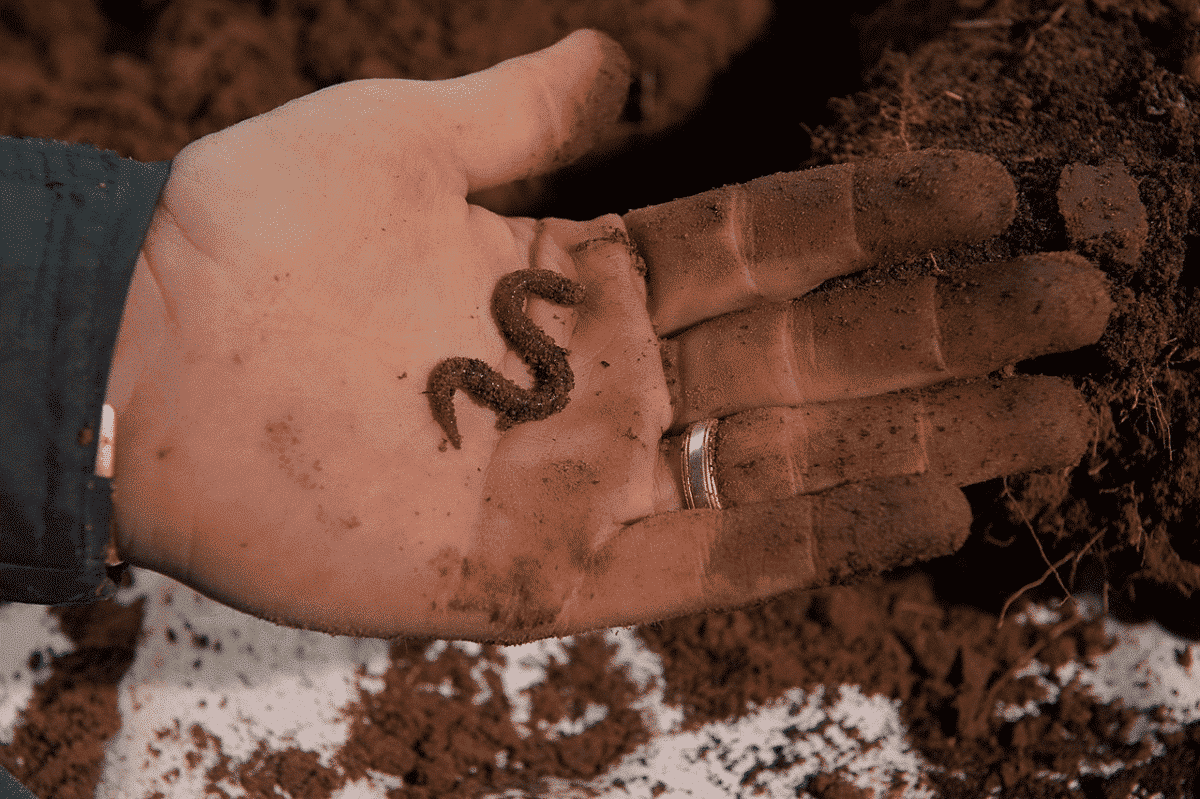
Earthworms are the long and segmented architects of the soil. They are a common sight in moist soil. These creatures, varying in size and color across species, play a crucial role in the ecosystem. As nature’s tillers, they create pathways that aerate it and allow plant roots to access essential oxygen. Their excretions are a treasure trove of nutrients, significantly enhancing soil fertility and promoting healthy plant growth.
An astonishing fact about earthworms is their voracious appetite. An earthworm can consume up to one-third of its body weight in soil each day. This makes them incredibly efficient at processing and enriching the soil they inhabit.
2. Ants
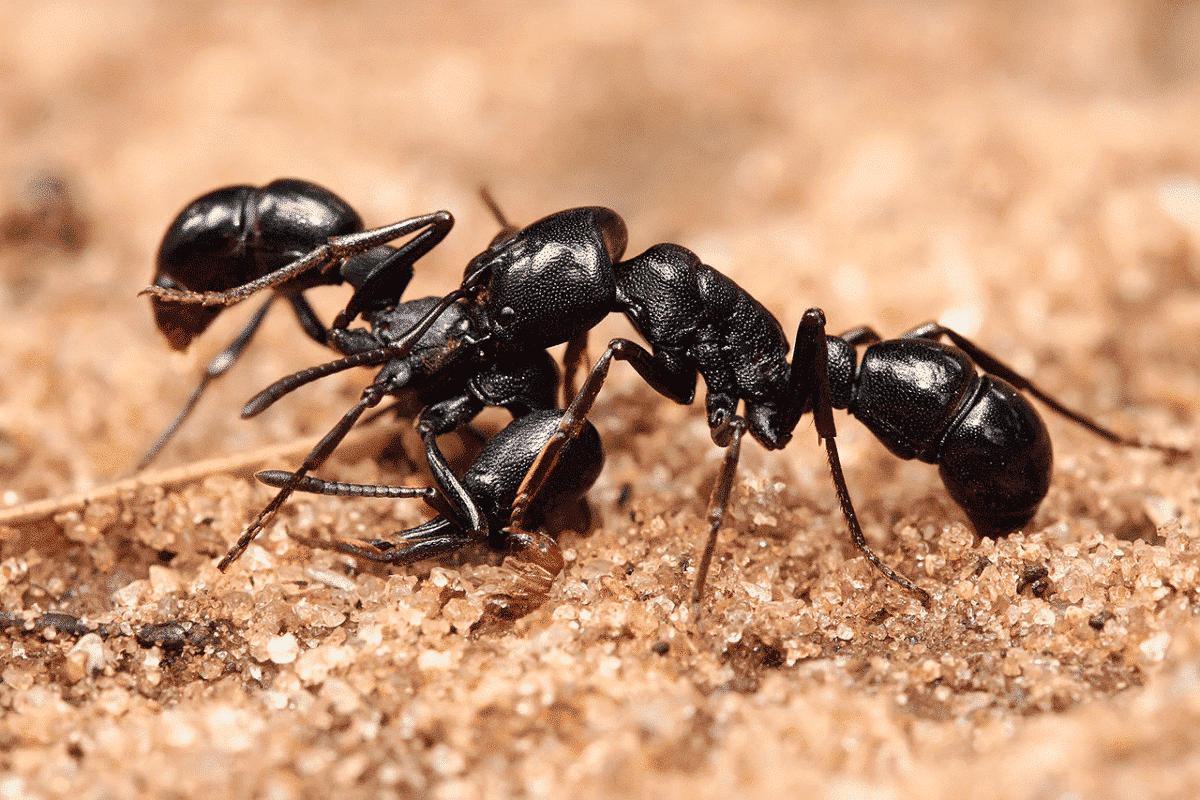
Ants are industrious social insects living in well-organized colonies and are more than just common inhabitants of the soil. They play a pivotal role in the ecosystem. Known for their structured societal roles and complex behaviours, ants contribute significantly to soil health. They aid in the decomposition process by breaking down organic matter, a crucial step in nutrient cycling. Additionally, the intricate network of tunnels they create in their quest for food and shelter serves a dual purpose. These tunnels aerate the soil, enhancing its structure and promoting healthy root growth for plants.
A fascinating aspect of some ant species is their agricultural prowess. They cultivate fungi within their underground nests, showcasing a remarkable example of insect farming. This symbiotic relationship not only provides food for the ants but also contributes to the ecological balance within the soil.
3. Nematodes
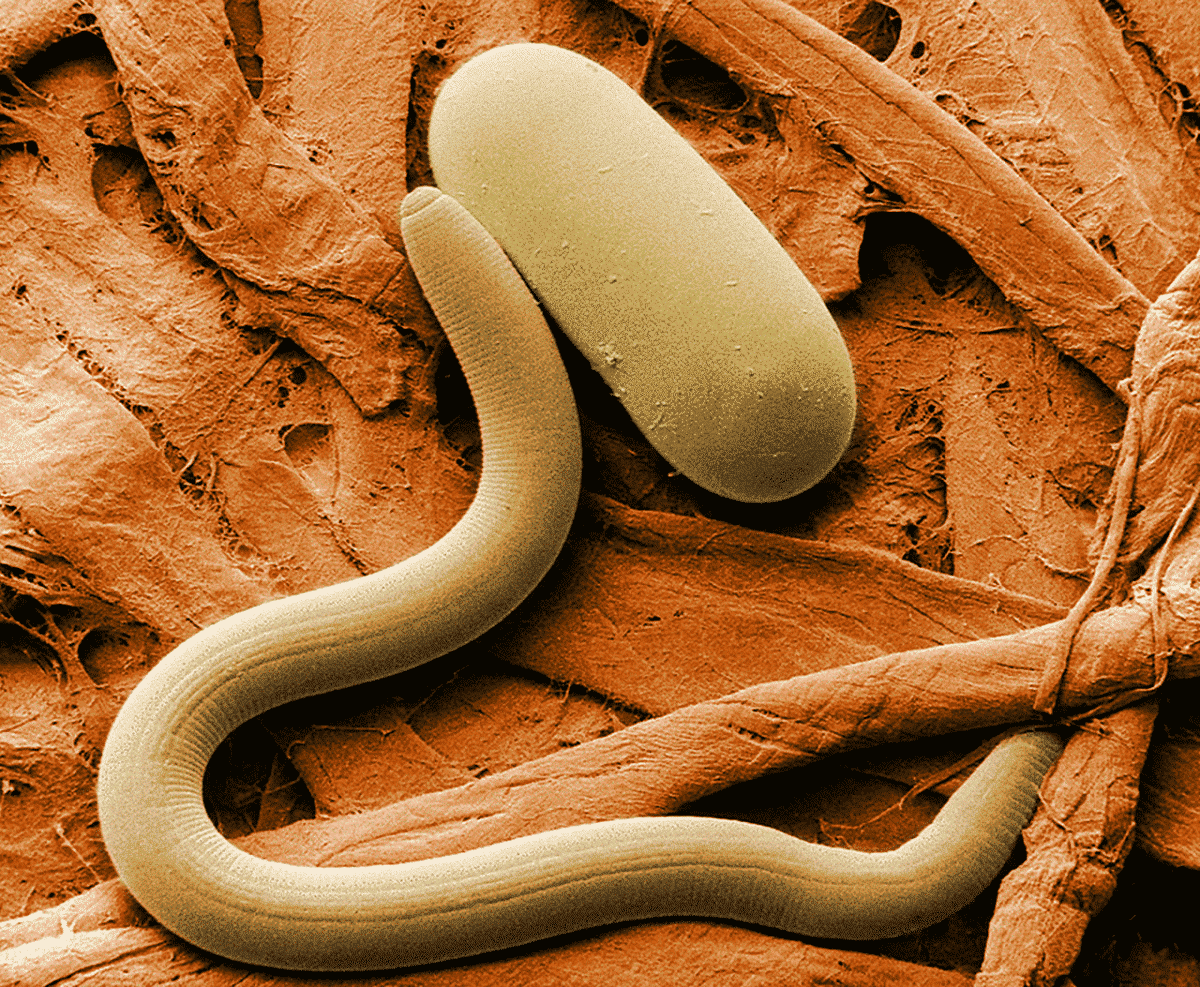
Nematodes, commonly known as roundworms, are microscopic organisms that play a dual role in their soil habitats. These tiny, yet numerous creatures inhabit various environments, with a significant presence in soil ecosystems. While certain species of nematodes can be detrimental to plants, causing damage and disease, many others are beneficial and crucial for soil health. These advantageous nematodes contribute positively by feeding on bacteria, fungi, and other small pests. This maintains a balance in the soil’s microbial community. This predatory behavior helps control populations of harmful organisms, indirectly supporting plant health and growth.
An astonishing fact about nematodes is their diversity; there are over 25,000 described species, and scientists believe many more remain undiscovered.
Are you enjoying ‘Animals That Live In The Soil’? Continue reading to discover more.
4. Moles

Moles, small mammals characterized by their velvety fur and distinctive spade-like hands, are master excavators of the soil. These creatures are perfectly adapted for life underground. They have powerful forelimbs enabling them to tunnel through the earth with remarkable efficiency. In their quest for food, primarily worms and insects, moles play a significant yet unintentional role in enhancing soil health. As they dig and navigate their subterranean habitats, they inadvertently aerate the soil. This aeration is crucial as it improves soil structure, allowing for better water infiltration and root penetration.
An astounding fact about these industrious animals is their digging prowess; a single mole can excavate up to 100 feet of tunnel in just one day.
5. Beetles
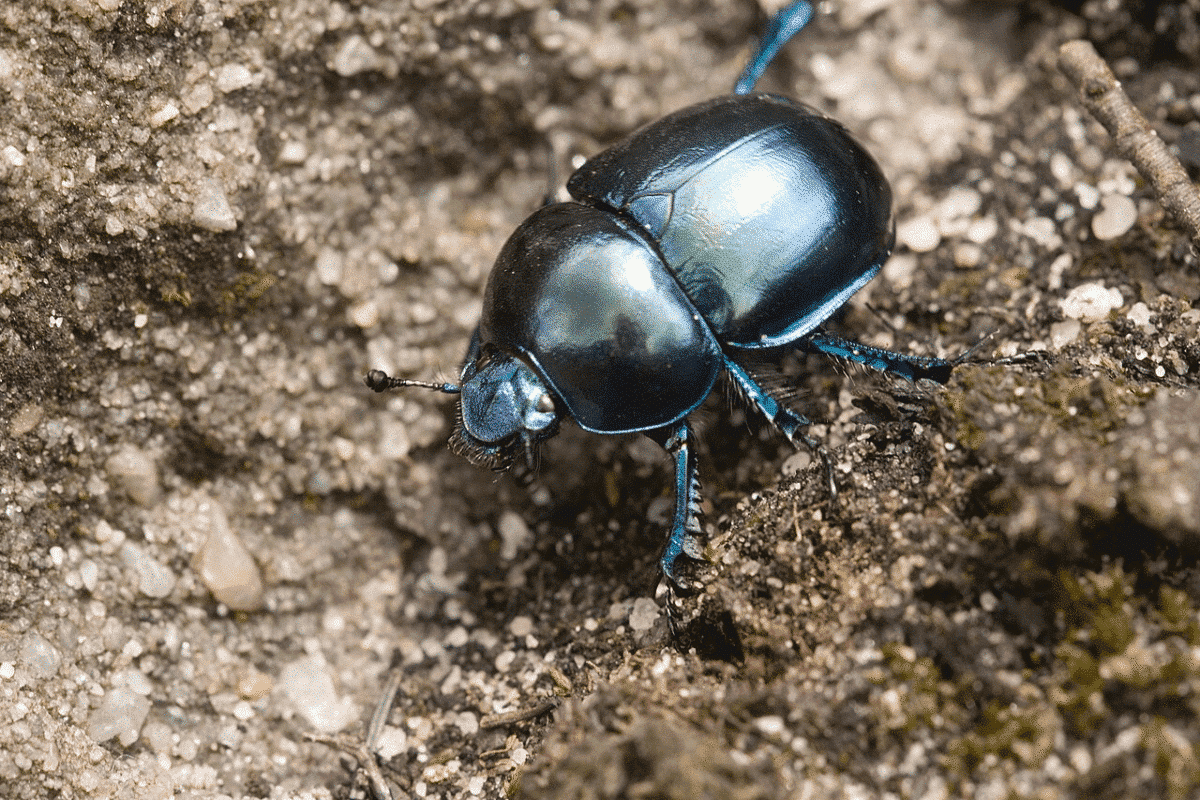
Soil-dwelling beetles, including species like the ground beetle, are a vital component of the soil ecosystem. These beetles, often predatory in nature, play a crucial role in maintaining the ecological balance. By feeding on other pests, they help control populations that could otherwise harm plant life. This natural pest control is essential for the health of both cultivated and wild ecosystems. In addition to their predatory activities, these beetles also contribute to the decomposition process. By breaking down organic matter, they aid in nutrient cycling, enriching the soil and promoting healthy plant growth.
An intriguing aspect of some beetle species is their use of bioluminescence. This unique form of communication, where they emit light, adds another layer of fascination to these creatures.
6. Centipedes
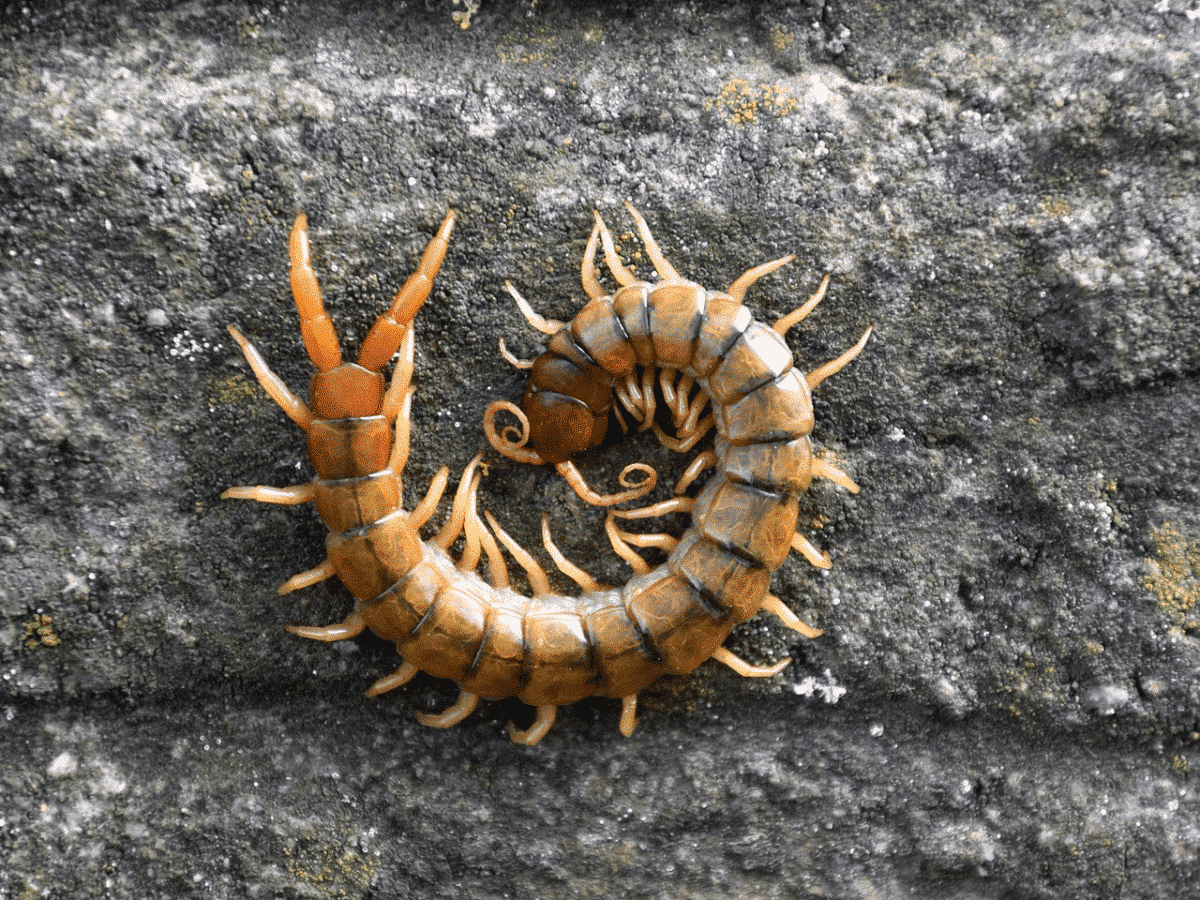
Centipedes, with their elongated bodies and numerous legs, are a fascinating and important part of the soil ecosystem. These multi-legged creatures are predominantly predatory, playing a crucial role in maintaining the ecological balance within the soil. By feeding on various soil-dwelling pests, centipedes help control populations of potentially harmful insects and other small organisms. This natural form of pest management is vital for the health of the soil and the plants that depend on it.
Despite their name, which suggests they have 100 legs, the actual number of legs varies significantly among different species. Some centipedes have fewer, while others may have more than 100 legs.
Are you enjoying ‘Animals That Live In The Soil’? Keep reading to find out more.
7. Millipedes

Millipedes, often confused with their centipede cousins, play a distinct and beneficial role in the soil ecosystem. Unlike the predatory centipedes, millipedes are herbivores. A unique feature is their two pairs of legs per body segment, setting them apart in appearance and function. In the soil, millipedes contribute significantly to the decomposition process. They feed on decaying plant matter, breaking it down into simpler forms. This activity is crucial for recycling nutrients back into the soil. It enhances its fertility and structure and supports the growth of new plant life.
An intriguing defence mechanism of some millipede species is their ability to release a foul-smelling liquid when threatened. This liquid, which can be irritating to predators, serves as an effective deterrent, protecting the millipedes from harm.
8. Springtails
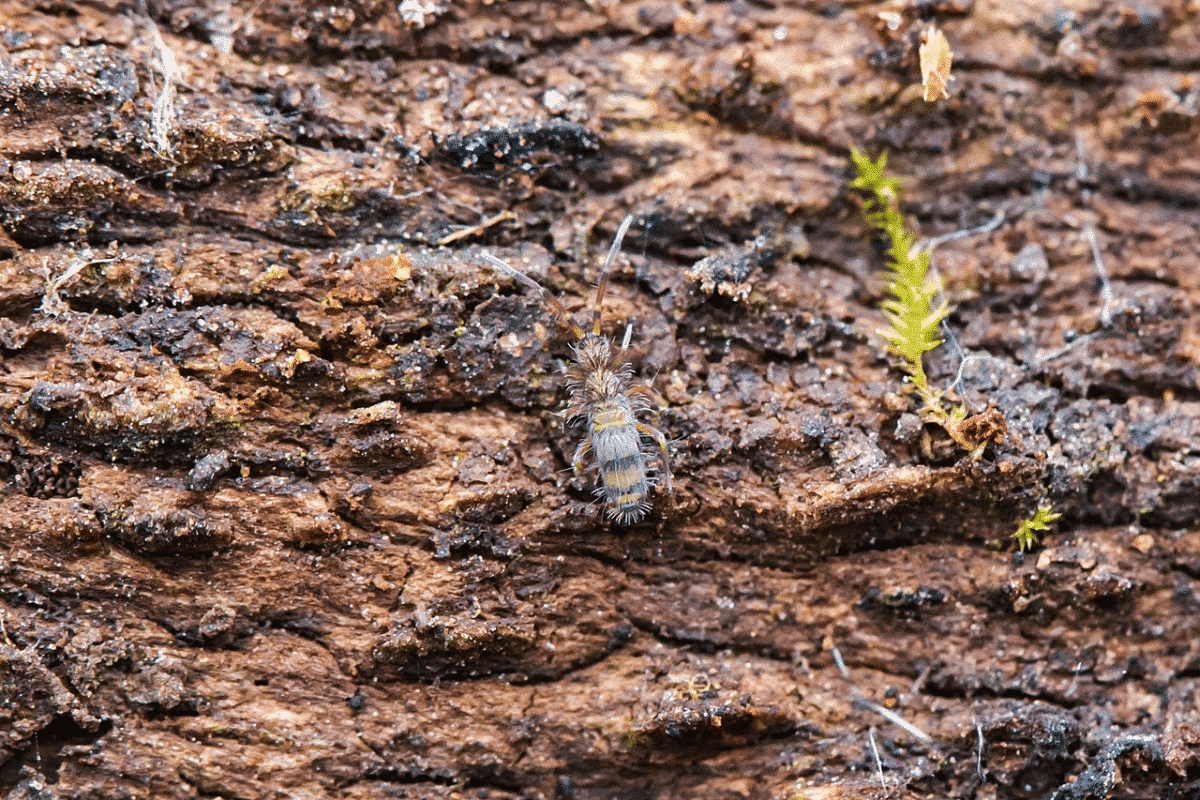
Springtails, tiny yet abundant inhabitants of the soil, are a key component of the soil ecosystem, particularly in rich, moist environments. These minuscule insects, often overlooked due to their size, play a significant role in the decomposition process. They feed on fungi, algae, and decaying plant matter. This breaks the materials down and aids in nutrient recycling within the soil. This process is essential for maintaining soil health and fertility, supporting plant growth and the broader ecological balance.
A fascinating aspect of springtails is their unique ability to “jump.” They possess a specialized structure called a furcula, a forked appendage that is usually folded under the body. When released, it snaps down against the surface, propelling the springtail into the air.
9. Termites
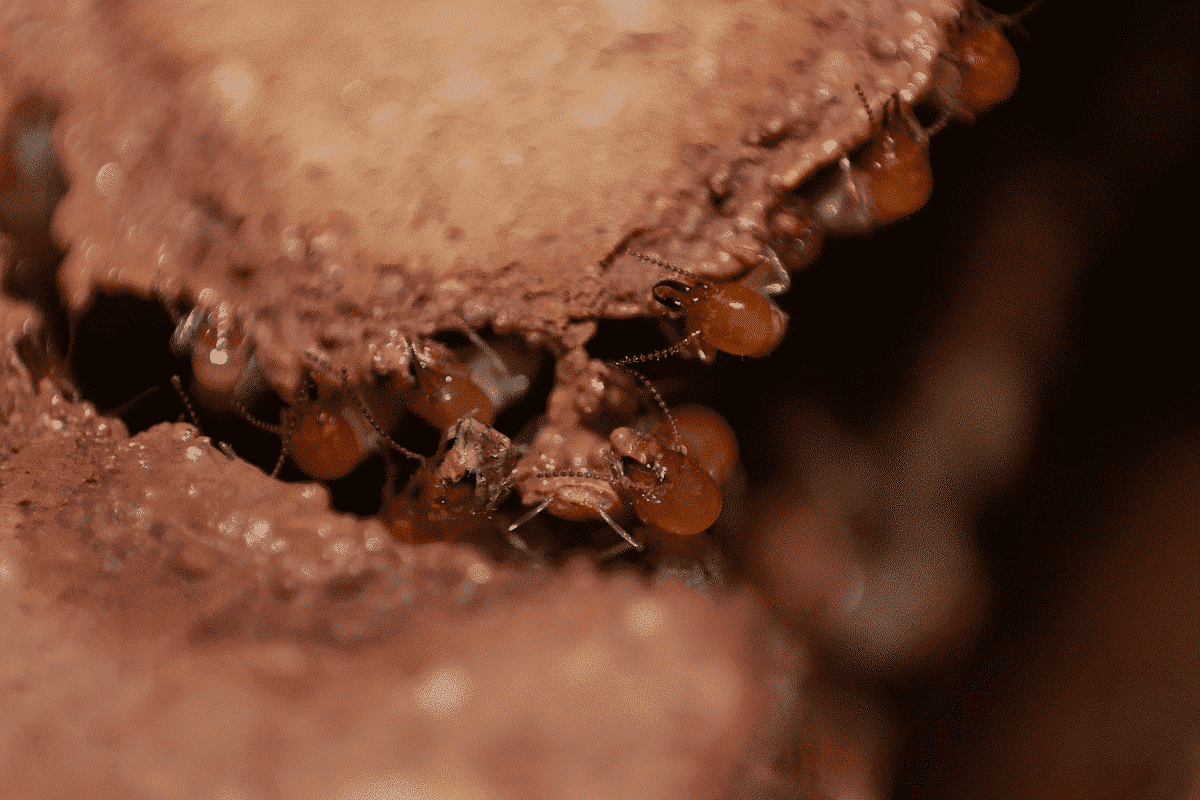
Termites, often recognized for their wood-eating habits, are social insects that play a crucial role in the soil ecosystem. These insects are particularly known for their ability to break down tough plant fibres, especially in dead and decaying trees. This process is vital for the recycling of nutrients back into the soil, contributing to the overall health and fertility of the ecosystem. By decomposing wood and other plant materials, termites help maintain the balance of the forest floor and soil environments.
A remarkable aspect of termite biology is their symbiotic relationship with certain microbes. Specifically, protozoa and bacteria, which reside in their guts. These microbes are essential for termites as they help in digesting cellulose. Cellulose is the main component of wood and plant fibres that termites feed on.
10. Burrowing Frogs
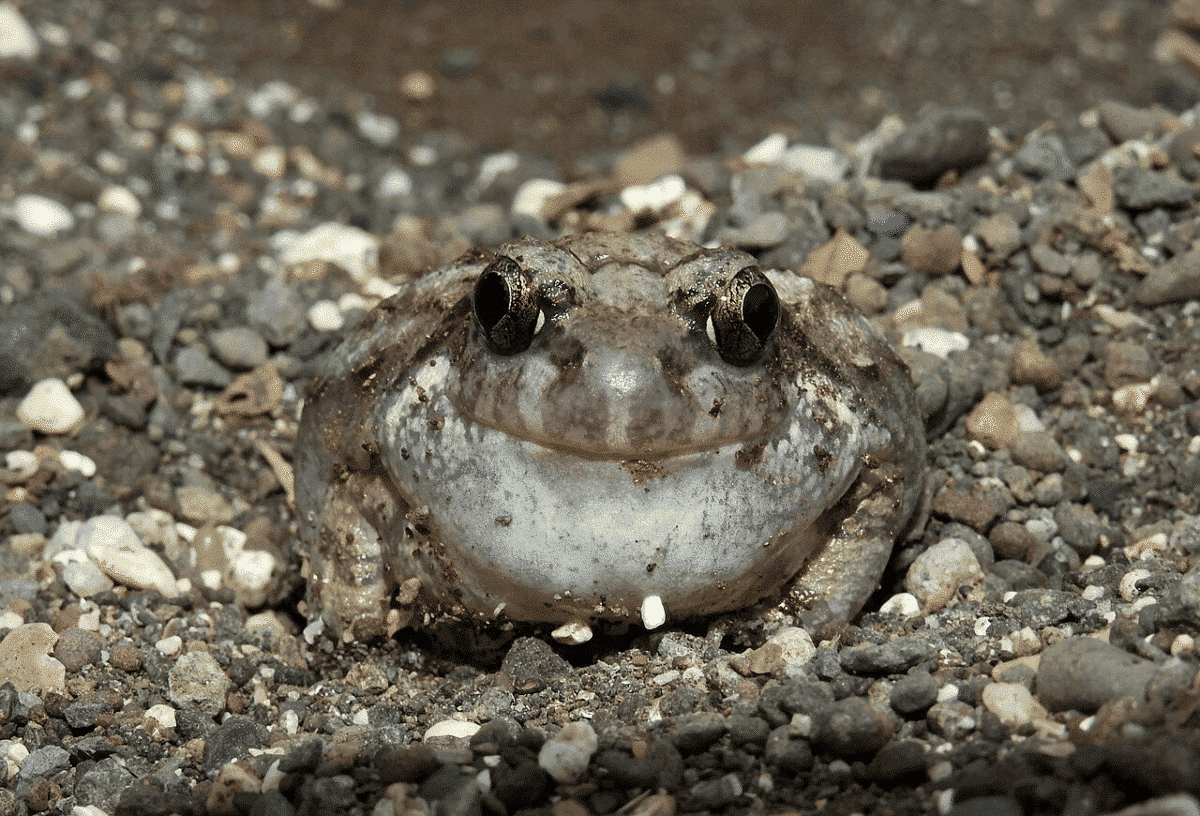
Burrowing frogs, a unique group of amphibians, lead a largely subterranean lifestyle, spending most of their lives hidden beneath the soil’s surface. They are specially adapted for this underground existence and emerge primarily during the rainy season, often for breeding purposes. In the soil, these frogs contribute significantly through their burrowing habits. As they dig and create burrows, they inadvertently aerate the soil, which is crucial for maintaining its health and structure. This aeration process allows for better water infiltration and root growth, benefiting the overall ecosystem.
A remarkable survival adaptation of some burrowing frogs is their ability to enter a state of estivation. This is a period of dormancy that allows them to survive for months without food or water.
Final Thoughts On Animals That Live In The Soil
The soil is a dynamic and diverse habitat, home to a myriad of creatures that play essential roles in maintaining its health and vitality. From the smallest microorganisms to larger animals, each contributes to the intricate web of life beneath our feet. The next time you walk on the ground, remember the bustling world that exists just below the surface.
Thanks for following along – “Animals That Live In The Soil”
If you enjoyed this article, read more on:
- 46,000-Year-Old Worm Found In Siberian Permafrost and Successfully Revived
- Alive Worm Discovered During Brain Surgery: A World-First
- Frog Poop
- How Poisonous are Centipedes really?
Join our Forum for free today!

- Surprise Hippo Attack on Three Lions - July 21, 2024
- USA’s Best Wildlife Conservation Success Stories - July 14, 2024
- The Incredible Bird with Sunflower Eyes - July 13, 2024

